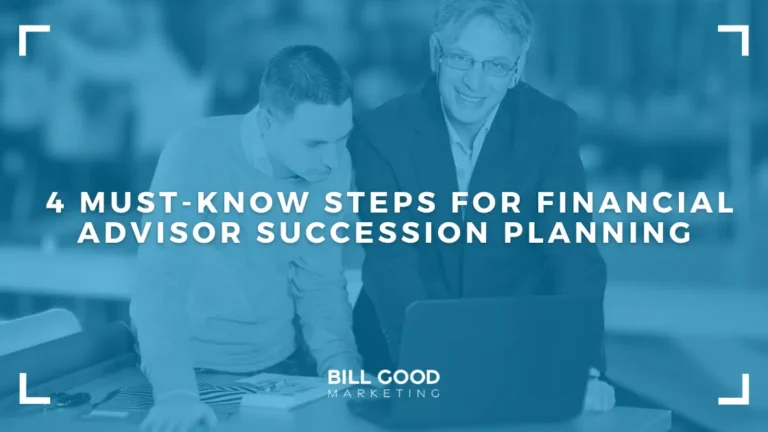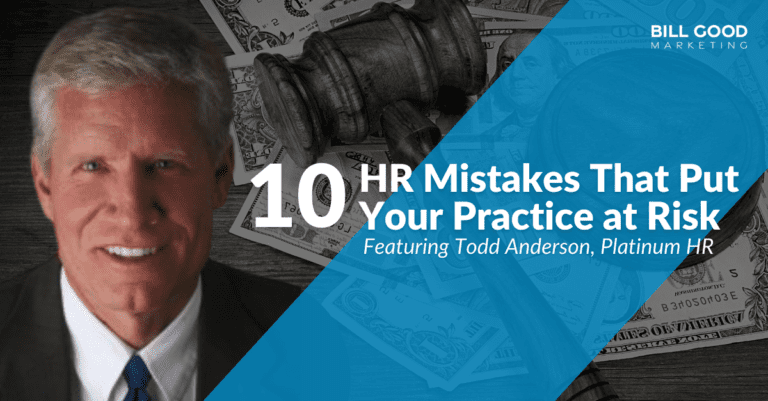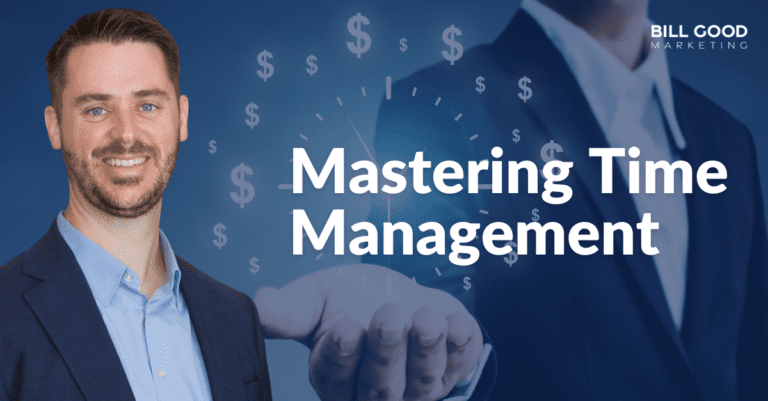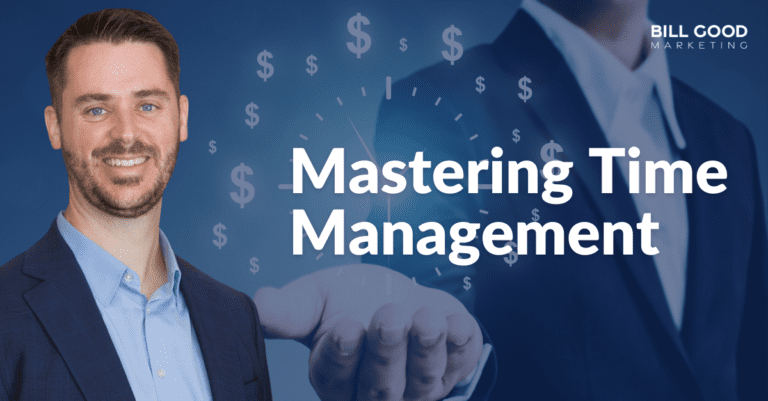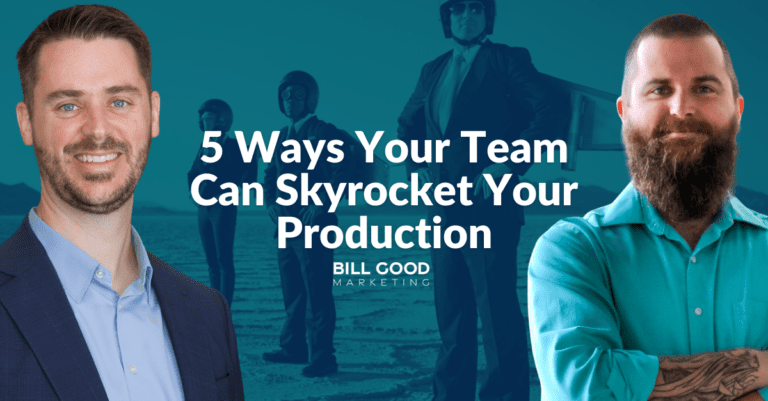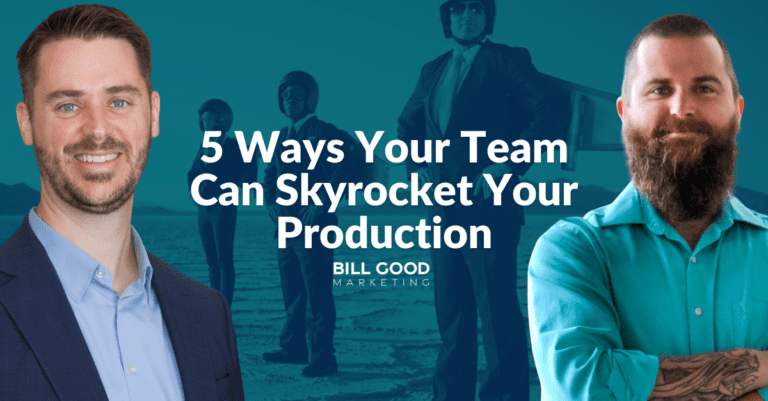Imagine spending decades of your life building something meaningful—your advisory business. Brick by brick, client by client, you’ve grown not just a book of business, but a community that trusts you. Your efforts have created a legacy of financial guidance and client relationships that can’t be summed up in numbers alone. But what happens when it’s time for you to …

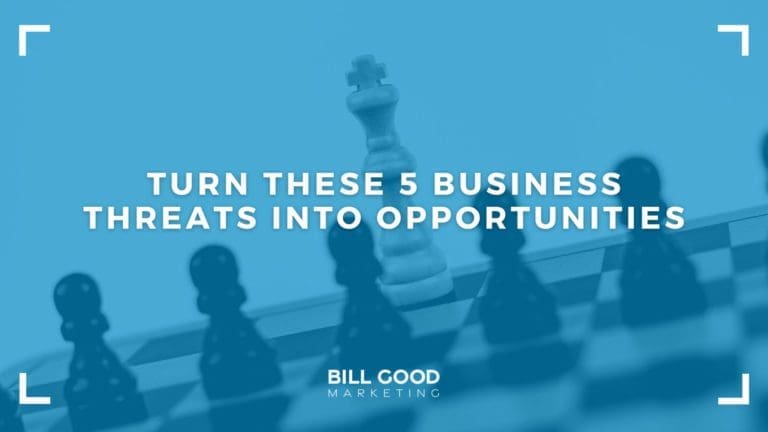
The original version of this story was published on ThinkAdvisor®
As usual, I have a lot to say and not enough space to say it. That’s why I invite you to carefully consider the five threats to your business listed below

Threat 1: Fee compression
Don’t think for a minute you can escape fee compression. It’s happening now and will continue to happen.
Fees are now 1% or even a little less. Ten years ago, they were double that. In another decade, or sooner, they will be half what they are now. Why?
- Supply and demand. The Department of Labor fiduciary rule has chased thousands of commission-based advisors over to the fee side of the business.
- Price competition. Vanguard fees are about 35 basis points. Robo advisors are charging 25. The math is simple.
Let’s say you have $50 million in assets under management. At 1%, your annual revenue is $500,000. At 0.75%, your gross revenue is $375,000. On the way to 0.75%, you need another $16 million just to stay even.
But more clients are taking additional principal to live on. And then there is that dreaded sucking sound because you didn’t get accounts open with the beneficiaries. When the last primary client dies, 85% of his or her assets likely will leave the firm, and that can result in a nearly impossible situation from which to recover.
Obviously, the solution is more assets — and quickly. But there’s another problem. Most advisors today only rely on two channels to bring in new assets.
The definition of a channel is “passage for water or other liquids to flow.” Like water, assets flow. As I said, most advisors today (43% of whom are over 55) rely on just two channels — assets from clients and assets from client referrals. These two channels rarely produce a growing business. They mostly sustain, unless of course fees are going down.
To grow a business, especially in the face of fee compression, you need three to five channels producing new assets.


Threat 2: Forgetting How to Sell
Sadly, there is a problem to reaching out beyond the comfort and warmth of clients and their referrals. The “seniors” have forgotten how to sell. The “juniors” never have been taught.
Let’s talk about you seniors. You came into the industry with the wave of baby boomers in the late 1980s or early 1990s and built a successful career. You have a good life, work a few hours a day, generally take Fridays off and probably take at least six weeks of vacation.
You have been able to maintain your standard of living, but you have been on a plateau possibly for as long as 12 years. And that’s been OK.
But it’s not OK any longer. Clients are dying, and it takes four new clients from referrals to replace the assets that grew legs. Despite the booming market for the last 18 months, assets under management are shrinking.
You take a pledge. “I’m going to start prospecting.” You start networking, cold calling even, perhaps hold some seminars. You start generating some leads. But your closing rate, to use a technical term, sucks. You are closing 15% and you need 40%. You used to close 80% — what happened?
If you are having trouble closing, you’re not. The real problem is earlier in the presentation, most likely in the first meeting.
A properly executed sales presentation flows naturally to a close, which is just a tiny piece of the overall presentation. If the close is not happening, I assure you, the problem can be found earlier. Most likely, the problem is in the first meeting when you should only deal with discovery. And not just any discovery, as I will explain.
Here are two closing situations:
After hearing the usual tale of woe about closing, I ask, “What do you do in the first meeting?”
Advisor 1: “I go through a questionnaire provided by my firm.”
Me: “Can you send it to me?”
Advisor 1: “Yes.”
Me (after briefly looking over the questionnaire): “This is possibly the worst I’ve ever seen.” And it was. It was six and a-half pages of detailed questions about investments. There was no question such as, “Why are you here?” There was no chance find out about a prospect’s family, goals or fears.
I can imagine George and Lil leaving the office. George says, “Let’s talk to your cousin Ralph. Maybe he will introduce us to his guy.”
Here’s the second conversation:
Me: “What do you do in the first meeting?”
Advisor 2: “I listen and try and find a product to pitch.”
Me: “Let’s don’t do that. Let’s focus on your discovery meeting. Find out why the prospects are meeting with you, what they want to accomplish and what keeps them awake at night. Determine if we can help them.”
In both cases, I sent each advisor a questionnaire about family values. In the case of Advisor 2, simply by following “The Good Way to Sell,” his closing percentage jumped to close to 60% from about 20%.
Here’s the moral of the story: In your discovery meeting, barely touch on what the prospects own. Find out why they are there talking to you in the first place.


Threat 3: Rise of Machines
The primary effect of robo-advisors is downward pressure on fees. Betterment charges 25 basis points, Vanguard 30 or so, and others are in that range, according to Barron’s.
Except for two or three companies, the average minimum account is $5,000.
Schwab Intelligent Portfolios has about $19 billion under management. Betterment, the oldest player in the space, has about $10 billion. But look at Barron’s list of the Top 1,200 advisors. There are lots of individual advisors with more AUM.
Nevertheless, investors read about fees. The savvier investors are aware of Warren Buffet’s repeated reminders that “Most investors are better off sticking with passive, low-cost, index-tracking products.” In his February 2018 client letter, he reminds investors, “Performance comes, performance goes. Fees never falter.”
Fees may never falter, but you can push back against their downward pressure on your income by enhancing the value of your offer. If you are not a CFP, get busy. Yank those pictures of old people off your website. Sell yourself and your team.
It’s called branding. Differentiate yourself. Offer services that robos don’t offer. Consider bundling your service offerings with the asset management fees you are paid. And get busy building your assets under management.


Threat 4: When clients die, assets fly
Clients dying is a major threat to advisors who came into the industry in the 1980s and 1990s. Then, as now, you went after the IRA rollover. Well, your retirees from the early 1990s are now in their 80s.
Mortality statistics and simple observation tell us the husband dies first. Unless you have a relationship with the wife, his assets become her assets. They go wherever her kids tell them to go. They do not stay with you.
I have no idea how many advisors fail to develop relationships with the spouse. But I can tell you that a high percentage of databases we see do not include the spouse name when sending a letter or an email.
In some cases, the spouse does not even know who you are. In other cases, you do have an excellent relationship with her. You are her advisor too. In that case, when Bob dies, she will — most likely — stay with you the rest of her life.
But sooner or later — generally later where the husband pre-deceases the wife — the Reaper again calls on this family and the wife passes away. A couple of weeks or months later, you hear the dreaded sucking sound as assets transfer out.
It’s not fair, is it? You helped them build that wealth and it doesn’t even wave good-bye.
Why?
You were branded initially as “Bob and Lil’s financial advisor” and then as “Lil’s financial advisor.” Her kids are no more going to use you than they will her dentist or doctor. You need to be branded as “The Jones Family Financial Advisor. “You need to plug this leak.
Here are some ideas on how to do it:
- Start with your oldest clients. Evaluate the strength of your relationship with the spouse, if living. If weak, make an individual plan for each couple to strengthen that relationship. It might take a while to do this.
- Best bet: set up a luncheon for the wife’s birthdate. If that’s awkward, invite her to a birthday lunch for the husband. Do some women-only “basic investing” seminars. Invite your widows to a Valentine’s Day lunch. If you have many, do a lunch and dinner.
- Identify all the beneficiaries. You can round up most of them by inspecting the beneficiary statements in retirement accounts and insurance policies. Most broker-dealers include beneficiaries in their new account forms. Enter each beneficiary and spouse and their children as a separate household in your CRM.
- Make a plan for each family on how you are going to meet the beneficiaries. If your relationship with the wife is at all shaky, include her in your “relationship enhancement” plan. Pay special attention to the child who was tapped as executor.
- Do your best to get your clients to start a gifting program for their kids and grandkids. You now become the hero not a zero. While doing this, you will start to get accounts open. For the money to stay with you after the last primary client dies, it must have a place to go. The solution to assets growing legs and leaving is having an account open with the beneficiaries, especially the executor.


Threat 5: Having a bad succession plan (or no plan at all)
This one can be nasty. In my conversations with countless financial advisors, I normally ask, “When do you plan to retire?”
The most frequent answers are: “Never, they will have to drag me out of here. I will slow down and keep a few clients, but I love what I do.”
That’s all well and good, noble, and probably will extend your life because people who love what they do tend to live longer. But the reality is sooner or later, the Reaper will come calling. And unless you have taken steps, the business you have built over a lifetime will be passed out or sold at distressed prices.
Some of you reading this article already have experienced clients looking at you kind of funny and then asking, “When something happens to you, what happens to me and my money?” They are starting to make their own succession plan with one of your younger competitors.
The mere perception you do not have a succession plan also will slow down new asset acquisition. You have only three choices:
Bring on a junior advisor, groom him or her, do a buyout contract, and preferably, retire. Don’t keep a few clients and hang around. Let your junior become a senior.
List your business with FP Transitions and sell it.
Merge with a practice owned by one or more younger advisors.
Your ideal successor is in their 40s or very early 50s. Where do you find them?
Most of the broker-dealers have a relationship with FP Transitions. Remember, BDs don’t want the assets going to another BD.
Develop a mailing list. Do a Google search for “financial advisor near (my city).” Click on Images. You now have the photos of all the financial advisors in your area. Some may be long in the tooth. Some look like they just got out of high school.
Remember, every marketing campaign starts with a list. For those in a wirehouse, get home addresses. (White pages.com or property tax assessor’s office online.) Start mailing to them. Join the Financial Planning Association. Meet younger advisors.
More than one of our clients have struggled with this aspect of practice management. As one client recently told us: “There are business coaches and marketing coaches, yet no one coaches on the key areas that take the energy out of an advisor like personnel problems.” That is exactly what we address in this webinar. In the independent space…
Every day, thousands of advisors go into their office, close the door, and look at their massive “todo” list. And every day, thousands of advisors make the same mistake. To explain what that mistake is, picture this scenario: It’s time to mow the lawn, so you get out your mower and start working on your front yard. On the way…
You see, working smarter means working as a true team, leveraging each individual’s strengths. It means each team member taking full responsibility for their role in your company’s growth. It means developing or deploying established processes to increase efficiency. It means monitoring what’s working to increase your ROI on time and spending more time doing what actually…


